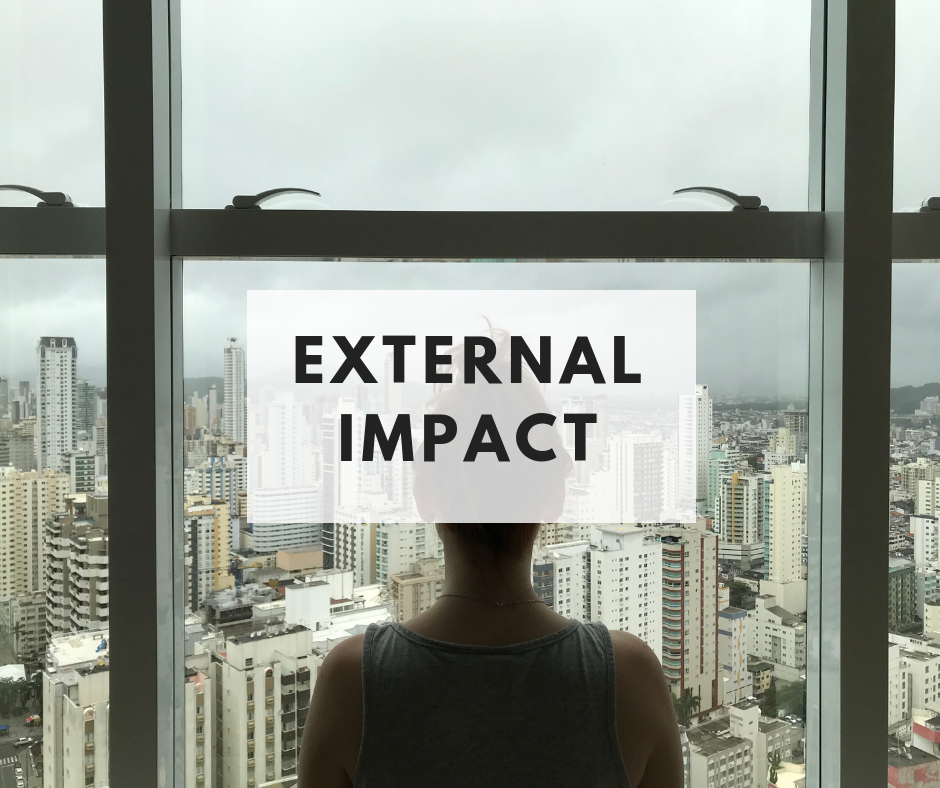As we all know, you learn the most when you teach. The same is true when you design educational experiences. This semester is no exception. Here is something I’m learning about the role of external impact.
As a student, I wrote countless papers, but I always felt I was first a consumer of work done by others. When I wrote papers in school, I primarily synthesized what others had said and done with the aim of understanding the body of knowledge in my field of study. There is always this vague idea that we will one day have our own research agenda and/or area of expertise, but that vision is intentionally left grainy to allow us the chance to shape our own destiny.
However, the theme of external impact (in this case, the students’ external impact) is converging across my projects. I think this might also signal a shift in my thinking about the way we acquaint people with the field and support them to be better educators/designers/scholars. Do “we” (as a field) make students spend too much valuable educational bandwidth bogged down in history lessons?
As I’ve written before, I’ve found asking the question “What impact will you make?” to be a very powerful prompt. Based on the struggles most have in answering it, I’ve come to believe that the learning experiences we design should ask the same.
I spent the better part of today drafting a proposal for a workshop in which participants (many new to the topic) will be asked to leave the session with an Action Plan to produce something for an audience of their choice. Depending upon who enrolls, that “something” will be different for each person, but the idea is to craft a plan of action to create a deliverable with external impact.
While the language for the proposal is evolving, this is the start of the first paragraph:
“Aligned with the conference theme of inspired professional learning, the goal of this workshop is to inspire participants to develop resources (e.g., publications or educational products) for accessibility-related issues/topics (e.g., universal design, development, compliance standards, etc.). Participants will leave this workshop with a written Action Plan to produce a deliverable with external impact for professional and/or academic audiences that will help others gain skills and knowledge about the targeted accessibility issue/topic.”
Earlier in the week, I had written the following to participants in another class:
” … your aim … is to think through how our your analysis and contribution (as an educator, designer, and scholar) can help to shape the discussions and future decisions surrounding these issues. When I was in my doctoral program, the professor in my first research seminar declared to the class “you are now hereby licensed to do research”. It’s was a powerful moment that represented a shift from being a consumer of research/analysis done by others to a contributor to the knowledge base in our field. Similarly, this opportunity for external impact is yours in this class.”
Compare the paragraphs for these two entirely different learning experiences. What’s striking to me is the attempt to reframe the student’s role to be a contributor (to achieve external impact) versus to be a consumer (of work produced by others). I have a feeling this will be something I chew on for some time.
